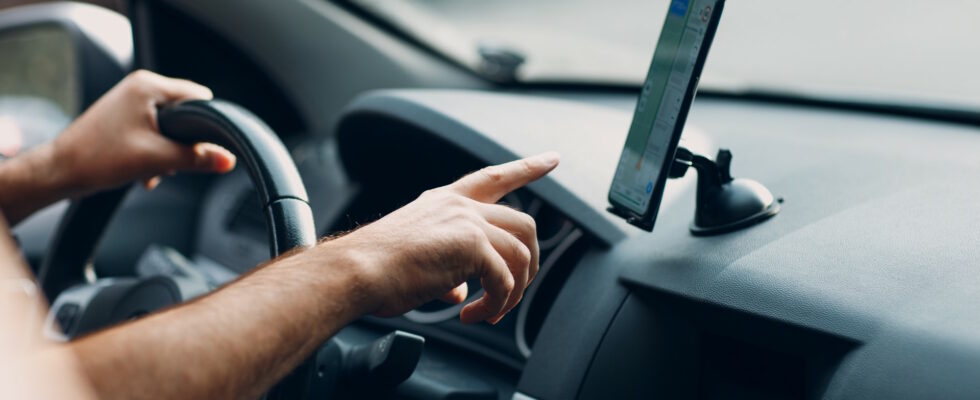From this summer, all new vehicles will have to be equipped with an on-board camera to monitor whether the driver is dozing or distracted.
The new system will be mandatory in all new vehicles approved by manufacturers in Europe from July 7, 2024, under European regulations established by the Commission in the summer of 2023. This new framework complements older legislation aimed at improve road safety on the Old Continent. The European authorities have set themselves the objective of zero road deaths by 2050.
Since July 2022, the European Union has required a black box in cars to record accident data as well as intelligent cruise control. Drowsiness detection systems have already been present in certain vehicles since this same period.
Visual or audible alerts
“ What already existed for the first version of this regulation are the detection systems located on different types of sensors on the steering wheel or other parts of the vehicle. », explains Ayla Vanden Driessche, business development manager for driving assistance systems at Forvia, at BFMTV. As part of this new framework, they will be optimized and made mandatory.
The car’s camera will thus be able to detect when the driver takes his eyes off the road for more than 3.5 seconds at a speed of 50 km/h or more, or more than 6 seconds at a speed between 20 and 50 km. /h.
The system is designed to be more precise than previous anti-distraction methods. If the driver is not looking at the road or falls asleep, a message telling them to look at the road accompanied by a light to attract their attention will be displayed on the dashboard. These alerts can also be made audibly, the vehicle owner should be able to choose what they prefer. If several periods of inattention are detected, the system advises the driver to take a break.
“ At the first sign of drowsiness, the driver must stop, because the risks of having an accident within the next half hour are multiplied by 3 or 4 », Explains Professor Damien Léger, president of the scientific council of the National Institute of Sleep and Vigilance (INSV), on the Road Safety website.
Towards a global improvement of detection systems
Effective day and night, the camera should be able to spot the slightest problematic sign, even if the driver is wearing a cap, glasses or false eyelashes.
These new systems will open the way to even more advanced devices. Linked to an application, they can further encourage driver alertness, for example by suggesting more upbeat music or increasing the brightness of the screen.
Source : BFMTV

46